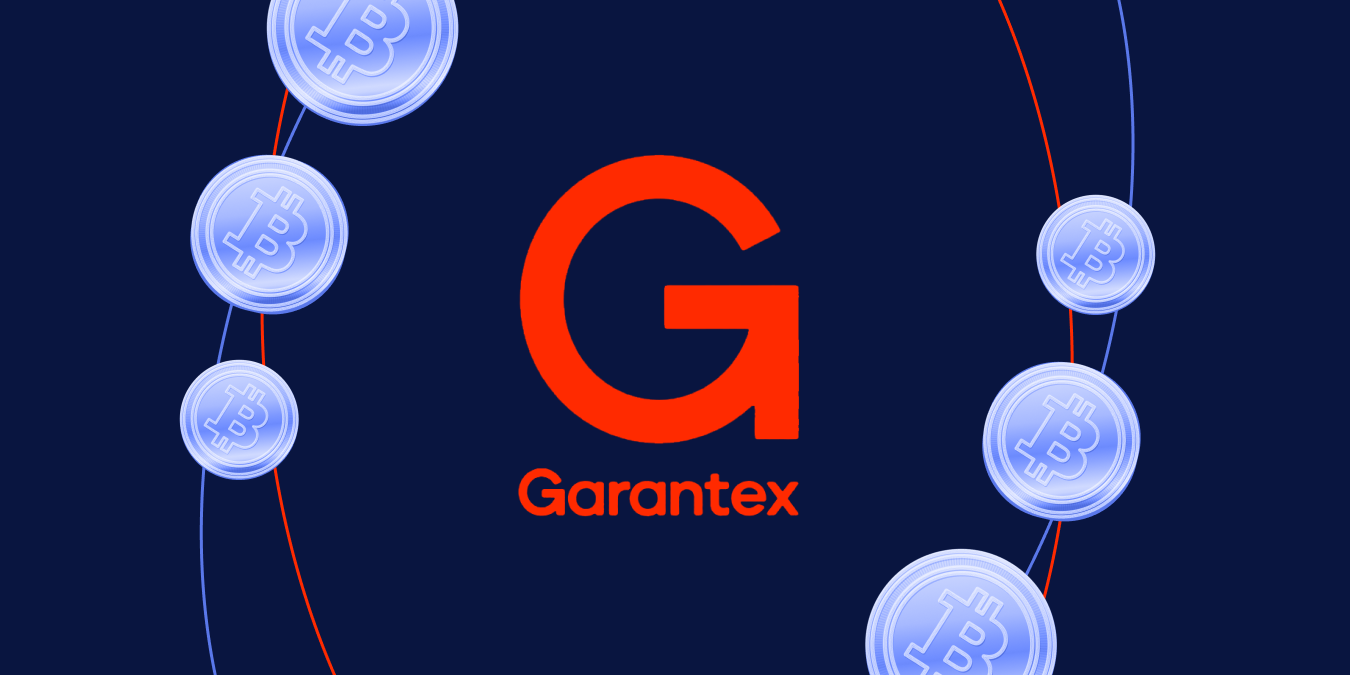September and October brought two standout events to the European blockchain scene: the CV Summit in Zurich and the Plan ₿ Forum in Lugano.
Representing Global Ledger, Hanna Khrystianovych, Head of Operations, joined both gatherings to connect with crypto innovators, developers, and traditional finance leaders exploring how digital assets are reshaping the future of money.
While Zurich focused on the institutional adoption and regulatory frameworks of blockchain and stablecoins, Lugano’s Plan ₿ Forum spotlighted Bitcoin as a practical payment tool — moving beyond ideology into real-world implementation.
Lugano’s Plan ₿ Forum: Key Insights
The Plan ₿ Forum gathers global experts to discuss Bitcoin’s role in national economies, financial and digital innovation. Unlike typical blockchain conferences, the forum was entirely Bitcoin-focused, reflecting both the technological and ideological vision of Bitcoin as a foundation for a new financial system.
What was highlighted:
1. Bitcoin’s growing purchasing power
The forum emphasized that Bitcoin is moving beyond its role as an investment asset, becoming a functional payment instrument. Participants noted that what was once an “investment vehicle” is now gaining real purchasing power — used for goods, services, and even government payments.
2. The rise of the “Bitcoin Circular Economy”
A standout topic was the “Bitcoin Circular Economy,” where Bitcoin functions as a regular means of exchange within local ecosystems.
Lugano is a prime example — residents can now pay municipal taxes, public services, and everyday expenses like coffee or groceries in Bitcoin. Similar models are emerging in parts of Africa and Europe, where communities and merchants adopt Bitcoin for daily transactions.
These initiatives show how Bitcoin is gradually becoming embedded in civic and retail infrastructure, supported by local governments and payment providers.
However, for compliance experts, this “growth” introduces new complexity: as more payment flows originate from crypto sources, AML checks and transaction monitoring become critical to maintaining “financial hygiene”.
3. Stablecoins as the bridge between crypto and traditional finance
Another major discussion point was the role of stablecoins as a gateway for institutional adoption. Speakers highlighted that traditional financial institutions often enter crypto through stablecoins — a regulated, less volatile “on-ramp” into digital assets. With issuers like Tether leading the conversation, stablecoins were presented as a key “connector” between blockchain-based finance and regulated banking systems.
This evolution points to a likely near-future scenario where banks handle both fiat and crypto liquidity, relying on blockchain analytics to ensure transparency and compliance.
4. Traditional banks entering the crypto space
The forum also showcased how Swiss banks and public financial institutions are integrating crypto into their services.
Some institutions now accept Bitcoin as collateral for loans or offer hybrid products that combine crypto assets with traditional banking instruments.
This trend illustrates how crypto and TradFi are no longer separate ecosystems, but are actively merging to meet market demand and retain competitiveness.
 Plan ₿ Forum in Lugano. Expo zone. Photo by Hanna Khrystianovych
Plan ₿ Forum in Lugano. Expo zone. Photo by Hanna Khrystianovych
 Plan ₿ Forum in Lugano. Expo zone. Photo by Hanna Khrystianovych
Plan ₿ Forum in Lugano. Expo zone. Photo by Hanna Khrystianovych
CV Summit Zurich: Key Insights
At the CV Summit in Zurich, discussions focused on stablecoins, AI, and the ongoing fusion between traditional finance and crypto. Swiss banks, fintechs, and blockchain startups shared their experiences of integrating digital assets into legacy systems — a process that took years of trial, regulatory navigation, and cultural adaptation.
What was highlighted:
- Stablecoins as a bridge asset. With clear regulatory frameworks (like MiCA in the EU), stablecoins are driving institutional entry into digital assets.
- Banks embracing crypto. From state-owned to private institutions, Swiss banks are now offering crypto-backed products and solutions, blending traditional finance with digital innovation.
- A point of no return. Speakers agreed that the convergence of finance and crypto has passed its “testing phase” — institutional adoption is accelerating, and the market momentum is irreversible.
Quick Takeaways from the Events
Across both Zurich and Lugano, one narrative stood out — crypto’s transformation from ideology to infrastructure.
-
Stablecoins are emerging as the bridge between blockchain innovation and regulated finance.
-
Traditional banks are entering the space to stay competitive in a rapidly tokenizing economy.
-
Privacy, AML, and compliance remain non-negotiable pillars for sustainable growth.
-
Bitcoin is gaining real purchasing power, used in municipal payments and local economies.
Conclusion
As the digital asset ecosystem matures, the demand for trust, transparency, and effective compliance continues to grow stronger.
With a real-time blockchain analytics platform — covering over 700K crypto assets, 700M+ attributed addresses, and performing 500K AML checks daily — Global Ledger helps financial institutions, VASPs, regulators, and law enforcement worldwide reduce risk, ensure compliance, and fight financial crime faster and more efficiently.
See the Global Ledger compliance toolset in action!
 How Garantex Processes Payouts Despite Sanctions
How Garantex Processes Payouts Despite Sanctions
 Sanctions Cut Grinex Volumes, but CEX Reliance Rises
Sanctions Cut Grinex Volumes, but CEX Reliance Rises